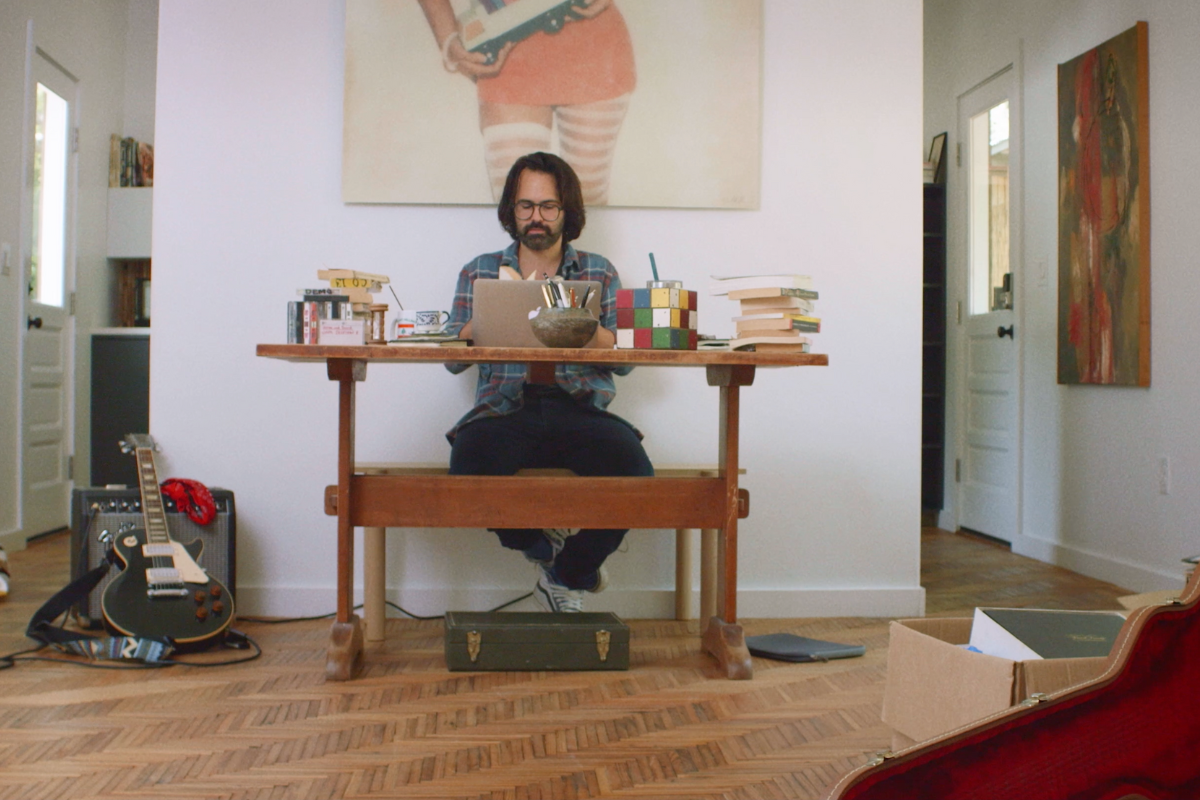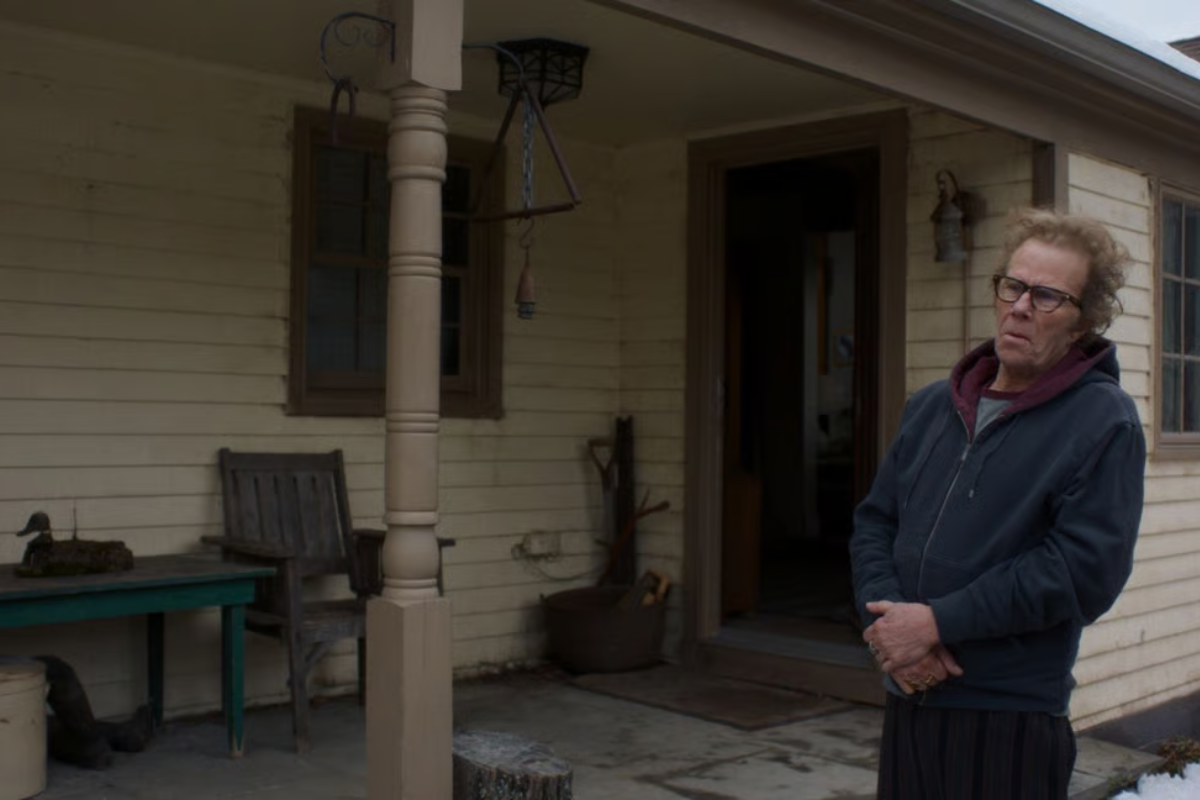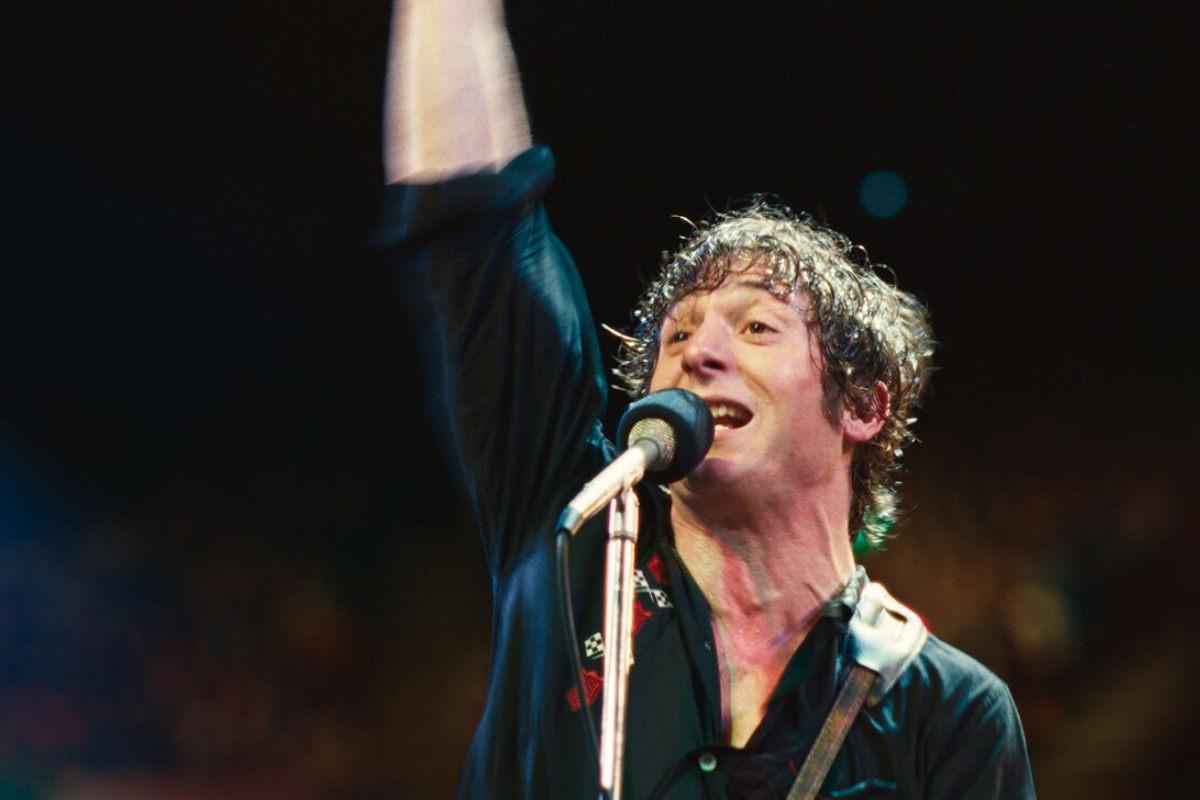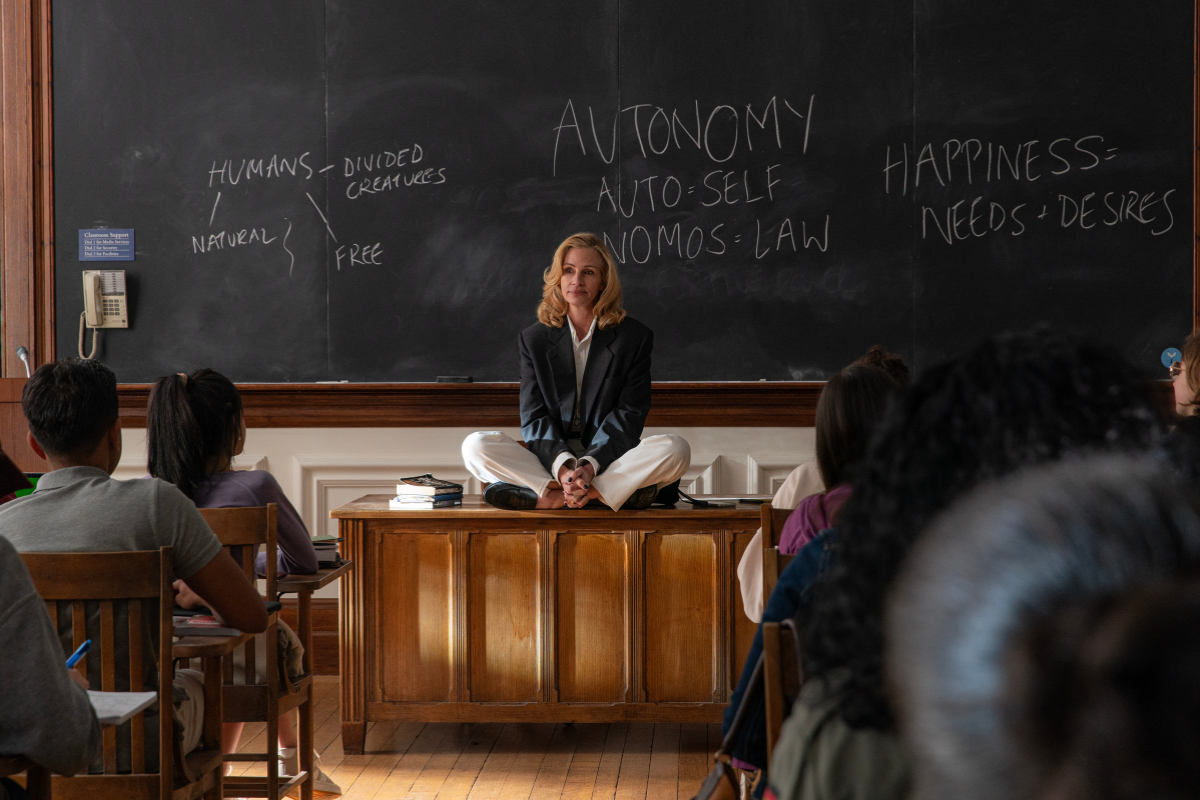Camera as Storyteller: Sean Ellis Discusses ‘The Cut’
Filmmaker Sean Ellis discusses how his background in photography and martial arts influences his work, the visual tone of the film, and more.
Filmmaker Sean Ellis’s (The Cursed, Anthropoid) latest film The Cut, starring Orlando Bloom, Caitríona Balfe, and John Turturro, is a savage testimony to a boxer’s journey. Written by Justin Bull, the story revolves around a boxer who hasn’t recovered on many levels from a career-ending loss, but he gets the chance to reclaim his dignity when he’s offered another fight. Instead of being about the prize fight, it’s about the physical and emotional rite of passage to make it to the ring. Ellis, a former fashion photographer, almost always serves as director of photography on his films, which is a part of the process he loves. “I like being on set and moving cameras and lights…getting something to execute is what I love,” he recently told Script.
Sonya Alexander: What’s the first thing you do when you get on set?
Sean Ellis: I wear combat trousers and combat boots. I wear the same thing every day. That way people don’t get confused if I change what I’m wearing. There’s this weird thing that happens. If you’re changing your outfit every day, people find it hard to look for you. They’re used to seeing you in a certain outfit. Also, I wear combat boots because it’s like the job of a general. I militarize it in that sense. And I have to have my coffee.
Sonya: You definitely have a distinct style. How do you decide what the visual tone of a film is going to be and how did you decide that for this film?
Sean: The visual tone of it can come from the script, but often it comes from your feeling of what the tone should be. You’ll dictate what that is with your visual research. You’ll be looking for clues for image motif and what it means. You start to assess a battle plan of images. I like to decorate my wall with images of things that inspire me and are related to what we’re trying to do.
Sonya: How did your background in martial arts affect the way you approached this?
Sean: I think it affects everything I do in life. It gave me discipline, which is a good foundation. To work hard mentally and physically to try to get something as perfect as you can. It’s definitely something I rely on when I’m working. And the more physical the better, which is why I think I like operating. I like to be right there, up front with the actors. The two things I love in life are making movies and cameras. Combining those two is my happy place.
Sonya: This was a very intense role for Orlando Bloom. How did you work him through some of the tougher scenes?
Sean: Being there and supporting him and seeing what he was going through was difficult. He didn’t need any pushing. He knew exactly what he wanted to do with that role. His commitment was commendable. It was fascinating to watch him carve his mark on that character. There were two young ladies who were waiting for the elevator and they were members of the public. I was standing behind them. One was on the phone and the other one looked up and she saw Orlando. She nudged the other one and said, “Is that Orlando Bloom?” The other one looked up from her phone, looked and said, “Nah.” I told him that story. When we initially spoke, I mentioned he really had to be convincing as a boxer and someone who was on the wrong side of his career. We know him from these big franchise movies and being the handsome leading man. I wanted to do the opposite with him. I wanted him to be believable as a boxer first and foremost.
Sonya: You were also the DP on this and most of your films. How does that affect the way you shoot films?
Sean: It affects the way I shoot because that’s just the way I work. My background is photography. I used to work in fashion, so I was very used to moving models and lights around. Getting poses. Moving the angle, moving the camera around. When I moved into filmmaking, that was done for me by a cinematographer. I’ve done two movies and numerous commercials with some very talented cinematographers and learned an enormous amount from all of them. But I ultimately found it a bit frustrating because I wasn’t doing that part of the job anymore and it’s a part I really love to do.
Sonya: What are the benefits of being the DP and working with a smaller crew?
Sean: You move a lot quicker. There’s a lot less conversation. It’s not me having a conversation with the DP. We’re not discussing the playback. All of that’s gone because I know exactly what I want without having to explain it to someone. I’m lucky enough to work with some very good gaffers who are immensely talented at lighting. We have a bit of shorthand in communicating. The photography, as well as everything els,e has to serve the story.
Sonya: What was your most challenging day on the set?
Sean: It was probably our first day with John Turturro and Orlando Bloom because they showed up and our day was a long, long day. It was a night shoot in a quarry that was supposed to represent the desert. We shot all of this in the U.K. It was John’s first night and everything was going wrong. We dropped the camera and the camera was making a loud noise. John was like, ‘Is that camera supposed to be making that loud noise?’ I was like, “Yeah, it’s fine.” He was doing his lines and the camera was humming. He said, ‘Are you sure, because that camera sounds really loud to me.’ My first AC came over and said the door of the camera was open, that’s why it was so loud. I left a bit disappointed after that first day. My sound guy did some magic with the sound and managed to lose the sound of the camera. John looked at the rushes and he came in two days later and said, 'You know, I think that scene is going to cut OK.' I’d looked at it and I was confident that it was going to cut as well. I got John’s confidence back…! [laughs]
Sonya: How important is it to collaborate with the editor, and had you worked with Mátyás Fekete before?
Sean: This was the first time I worked with Mátyás and he was really good. If we had issues with scenes, he would do really quick cuts just to see if the scene was really working and what we were missing. We were shooting in reverse chronological order, so that was a big issue. My first question when he did the first assembly was, “How’s Orlando?” He was like, “Orlando’s amazing!” It cut beautifully together.
Sonya: Do films stay with you emotionally after you’re done?
Sean: I think it depends on whether you get raked by the critics or not. [laughs] If you get raked by the critics, it can be very hard. It’s like having a kid. They are your babies and you send them off to school. And then sometimes you hear they’re being bullied. So you become a bit defensive and you stick up for it. The process is such a long one and you spend so much time with them, when you put them out into the world, it’s time to say goodbye. It’s very rare that I revisit a film. Sometimes by accident I’ll see one on TV and I’ll suddenly get drawn in.
Sonya: Lorne Balfe was the composer for this, right?
Sean: Lorne, right.
Sonya: How important was the music on this?
Sean: The music is incredibly important to any movie. Even if it’s got no music, that’s an important decision that you’re making. It’s a relationship that I nurture and value as one of the most important as a filmmaker. Sound is 70% of what you see. If you’ve done your job right, it’s easier for the composer to understand what you’ve done. And it’s easier for them to do something that absolutely elevates it even more. I honestly love the process of working with composers. It can be painful. I’m not musical, but I have an ear. I don’t know music, but I know what I like and I know what it does to me emotionally. Trying to explain that to a composer is sometimes like playing Charades. A lot of it is guess work and you don’t know what you want until you hear it. There can be a lot of rejection of cues. I always say I don’t put temp tracks on my films because you fall in love with them and then it’s hard to replace them. It’s so difficult to do a cut and not put a temp track on it.
Sonya: What’s the most important thing to use to establish dramatic tension when visually telling a story?
Sean: I think dramatic tension comes from the context and the context comes from good scriptwriting. As long as there’s an understanding of what’s at stake and what will happen if this doesn’t work, what you’ve created there is dramatic tension.
Sonya: Do you feel you’re attracted to the same stories to direct as you are to write?
Sean: Maybe. If I read a great script, I’m just thankful. There are ideas I have glimpses of and I don’t know how to begin to write them. It continues to percolate until something else prods it into life. The balls collide into one another and one idea hits another idea, and it explodes into a different idea. I like it when that happens. There’s a moment where it clicks and feels right. That’s what I want to try to capture when I film.
Republic Pictures’ The Cut will be in Theaters on September 5.
Sonya Alexander started off her career training to be a talent agent. She eventually realized she was meant to be on the creative end and has been writing ever since. As a freelance writer she’s written screenplays, covered film, television, music and video games and done academic writing. She’s also been a script reader for over twenty years. She's a member of the African American Film Critics Association and currently resides in Los Angeles.







